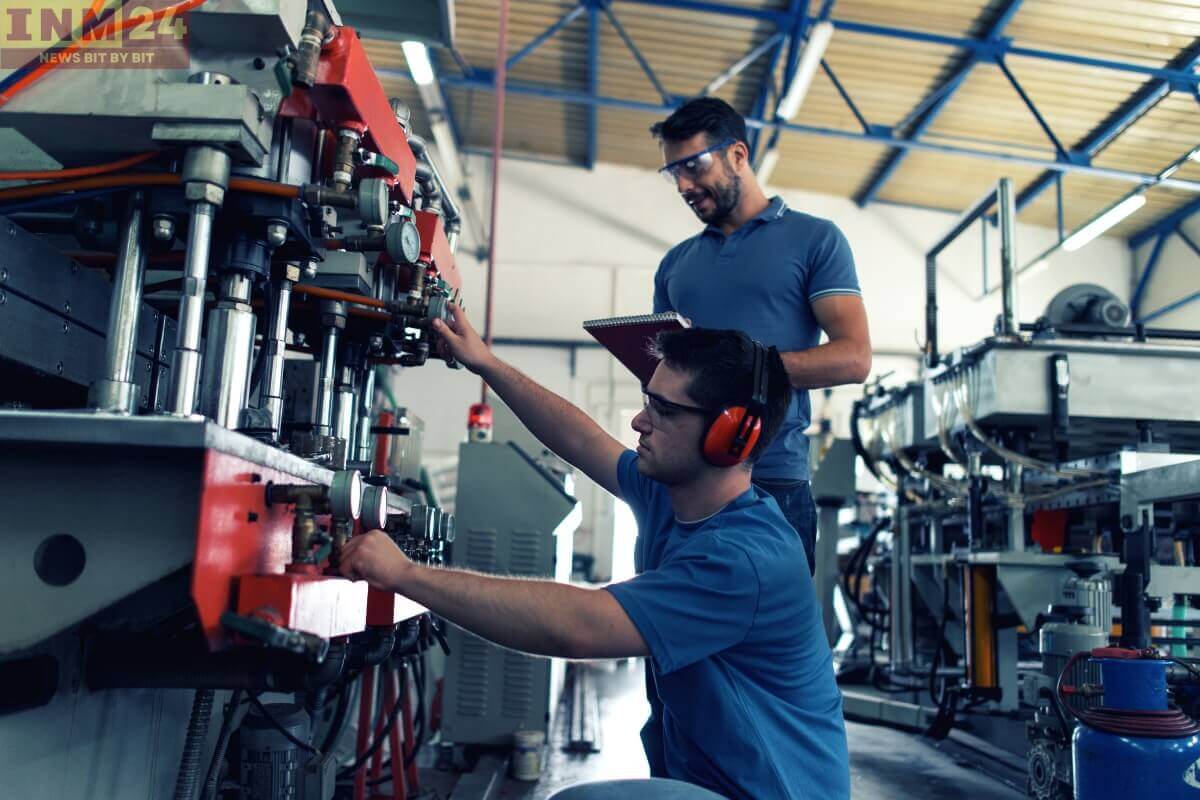In the latest economic indicator, India’s manufacturing sector exhibited a modest uptick as reflected by the Purchasing Managers’ Index (PMI), reaching 56.9 in February. This marginal rise indicates a continuation of growth momentum in the manufacturing industry, albeit at a slightly slower pace compared to previous months.
Understanding the Manufacturing PMI Metric
The PMI is a widely used metric to gauge the health of a country’s manufacturing sector. It is based on survey responses from purchasing managers in various industries, reflecting changes in factors such as production levels, new orders, employment, and supplier deliveries. A PMI reading above 50 indicates expansion in the manufacturing sector, while a reading below 50 suggests contraction.
The uptick in India’s manufacturing PMI to 56.9 in February signifies ongoing expansion in the sector for the ninth consecutive month. However, the rate of growth moderated slightly compared to January’s PMI reading of 57.7, signaling a slowdown in the pace of expansion. Despite this, the manufacturing sector continues to demonstrate resilience and remains a key driver of economic activity in India.
Several factors may have contributed to the marginal increase in the manufacturing PMI in February. Strong domestic demand, particularly in sectors such as consumer goods and infrastructure, likely supported production growth. Additionally, the rollout of COVID-19 vaccinations and easing of pandemic-related restrictions may have boosted business confidence and investment sentiment, leading to increased manufacturing activity.
Challenges Facing India’s Manufacturing Sector
However, challenges persist for India’s manufacturing sector, including supply chain disruptions, input cost pressures, and uncertainties surrounding global economic conditions. Supply chain disruptions, including delays in raw material deliveries and transportation bottlenecks, have continued to affect production schedules and inventory levels for some manufacturers. Moreover, rising input costs, particularly for commodities such as metals and plastics, pose challenges for businesses in managing operating expenses and maintaining profit margins.
Looking ahead, the outlook for India’s manufacturing sector remains optimistic, supported by favorable domestic and global factors. The government’s focus on infrastructure development, initiatives to promote domestic manufacturing under the “Make in India” campaign, and the gradual recovery of global demand are expected to bolster growth prospects for the sector. Additionally, ongoing efforts to address supply chain disruptions and mitigate input cost pressures will be crucial in sustaining the momentum of manufacturing growth in the coming months.
India’s manufacturing Purchasing Managers’ Index (PMI) rose slightly to 56.9 in February, indicating continued expansion in the sector. While the rate of growth moderated compared to previous months, the manufacturing industry remains resilient and poised for further growth supported by favorable domestic and global factors. Addressing challenges such as supply chain disruptions and input cost pressures will be essential in sustaining the momentum of manufacturing growth and driving India’s economic recovery forward.
